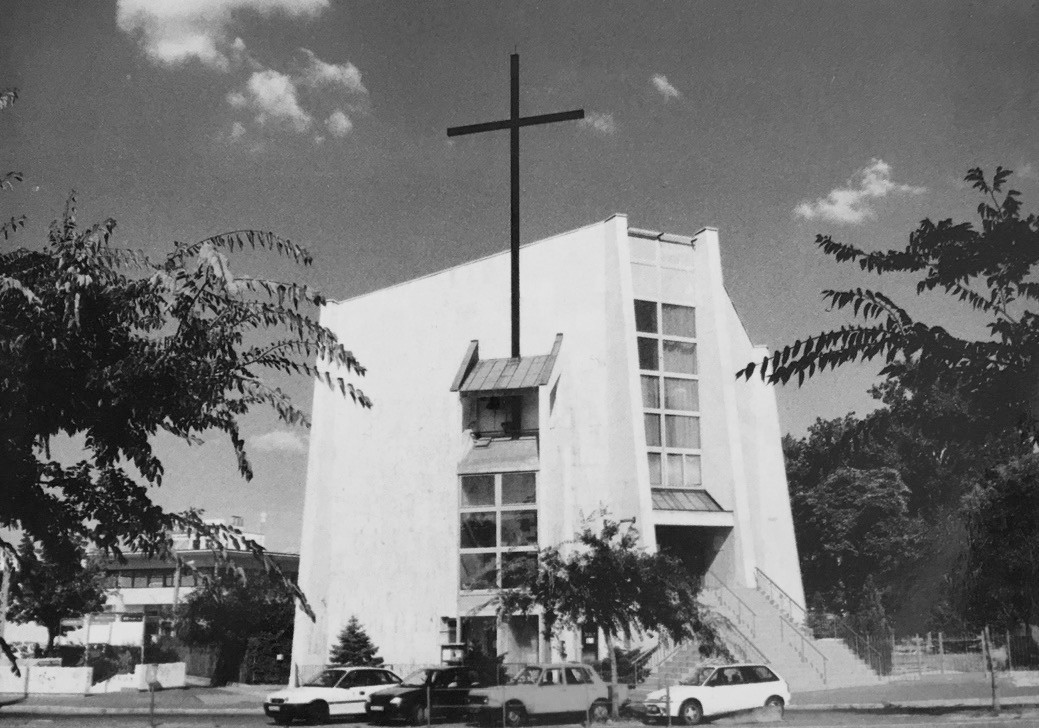Determination
The Framework of the Realization of the Architectural Work
- Author
- Berecz Tamás DLA
- Supervisor
- Major György DLA
- Year
- 2017
- Download disszertáció
Considering the architectural heritage of the ages close to us is a problem for contemporary architects. While the buildings and the work of their creators from fifty years ago have already been recognized, an initial unanimous rejection of the younger ones can be experienced. The waves of memory and recognition are beginning to elevate the architecture of the previous decades, as they did before with the socrealism.
István Szabó is the iconic church builder of the seventies and eighties. His last church, the Budapesti-Vizafogói Toursi St. Martin's Parish Church, was built in his life and it stands at the corner of Váci road and Fáy street. The transformation of Váci Road after the change of regime, as it became a victim of capitalist property speculations and turned into a thematic office park brought the building of the church building reflecting the autonomous design of the era into a more prominent position.
This temporal and spatial context makes the research on the church important and actual. This is why an evaluation written by a contemporary architect is required beyond the usual art history analysis. While the art history analysis looks at the building from an outside point of view as a completed work, the viewpoint appearing in the research topic shows the design as a complex creative process with the eye of the architect who made up the building. It places it on the basis of control factors, forces, decisions, alternatives, and their contexts.
